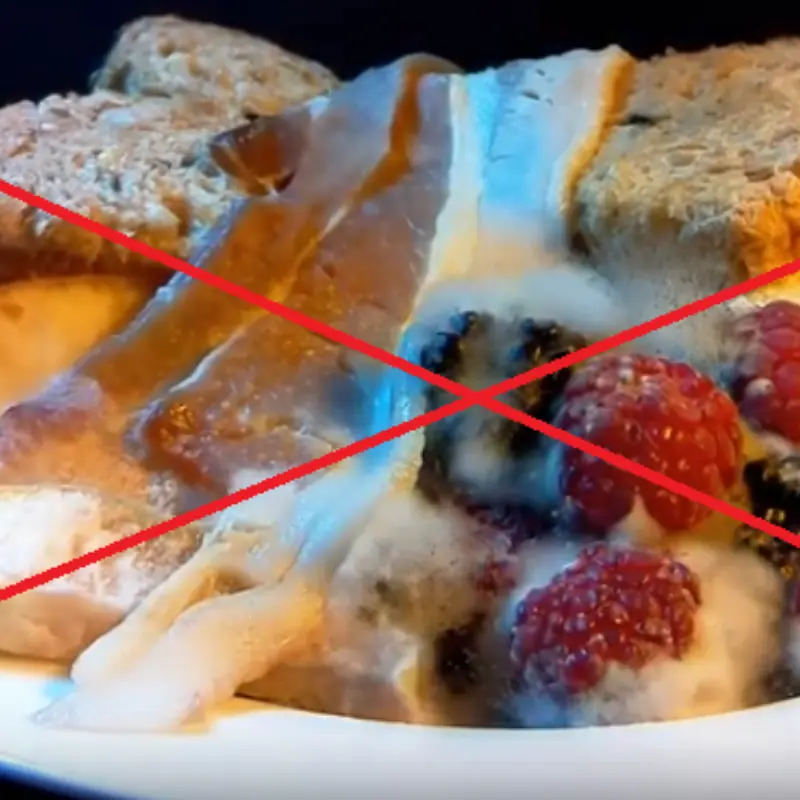
The "National Dish" That's Incredibly Gentle But a "Nightmare" for People with Kidney Stones
Food is a powerful part of any culture, and some dishes are beloved by millions, becoming national icons. One such dish is widely regarded as a comforting, soothing meal that offers numerous health benefits. However, for those suffering from kidney stones, this "national dish" can actually become a dangerous, painful enemy.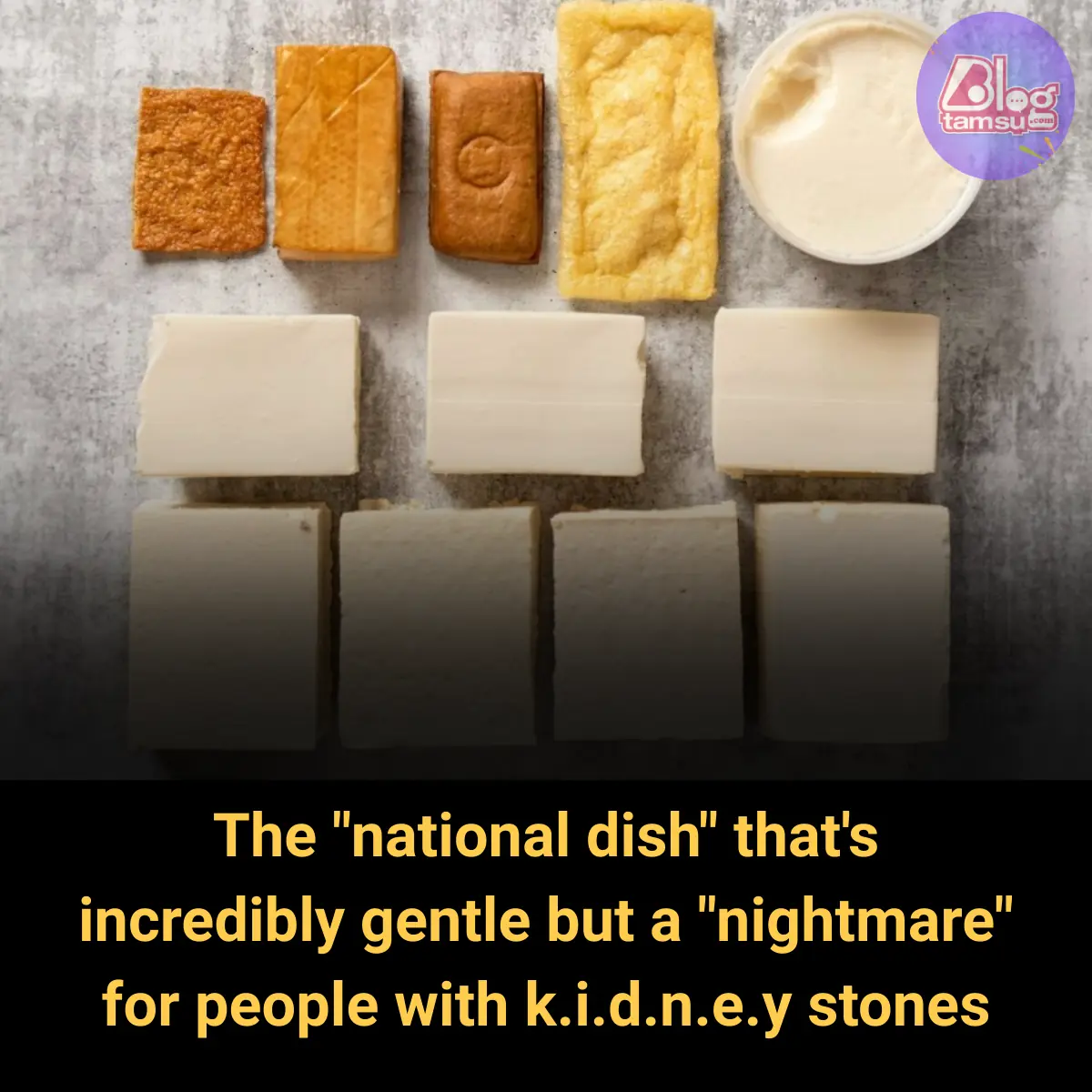
The Dish: Traditional Rice Porridge (Congee)
In many Asian countries, rice porridge — also known as congee — is a beloved, comforting dish. It's typically made from rice and water or broth, resulting in a soft, easy-to-digest meal that people of all ages enjoy. Due to its simple ingredients, it’s often recommended for people recovering from illnesses or surgeries, as it is gentle on the stomach.
Rich in carbohydrates and often served with a variety of toppings (such as pickled vegetables, meats, or even century eggs), congee is a popular choice for breakfast, lunch, or dinner. It’s also seen as an effective remedy for cold and flu symptoms in many cultures.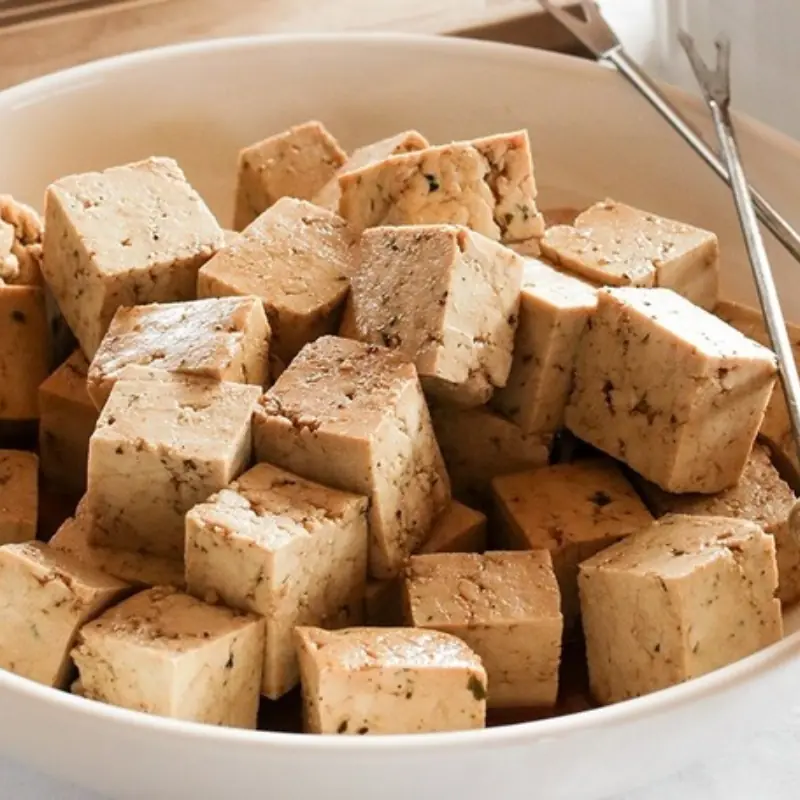
The Hidden Danger: High Oxalate Content for Kidney Stones Sufferers
Despite its reputation for being easy on the stomach, rice porridge can pose significant risks for those who suffer from kidney stones, especially if consumed frequently. Kidney stones form when minerals in the urine crystallize and form hard deposits. A major contributor to this process is the presence of oxalates — naturally occurring compounds found in many foods.
Rice, particularly white rice, contains high amounts of oxalates, which can increase the risk of calcium oxalate kidney stones. When a person with kidney stone issues eats foods high in oxalates, such as rice porridge, it can exacerbate their condition. The oxalates bind with calcium in the kidneys, leading to the formation of painful stones.
Why Kidney Stones Are More Likely with This Dish
The main reason rice porridge becomes problematic for those with kidney stones is its high oxalate content. Oxalates are also present in many other foods, such as spinach, sweet potatoes, and nuts. But rice, when eaten in large quantities, can significantly increase the level of oxalates in the body. Since congee is often consumed in large portions and as a frequent meal, its repeated consumption can contribute to the development or worsening of kidney stones.
How to Enjoy Rice Porridge Safely
While kidney stone sufferers should be cautious, they don’t have to avoid rice porridge entirely. Here are a few tips on how to enjoy it more safely:
-
Limit the portion size: Smaller servings of rice porridge can help reduce the amount of oxalates consumed at one time.
-
Balance with low-oxalate foods: Pair congee with toppings that are low in oxalates, such as lean meats or vegetables like cucumbers.
-
Consider brown rice: Brown rice has a slightly lower oxalate content than white rice, making it a safer alternative for those concerned about kidney stones.
-
Stay hydrated: Drink plenty of water throughout the day to help flush out oxalates from the kidneys and reduce the risk of stones.
News in the same category

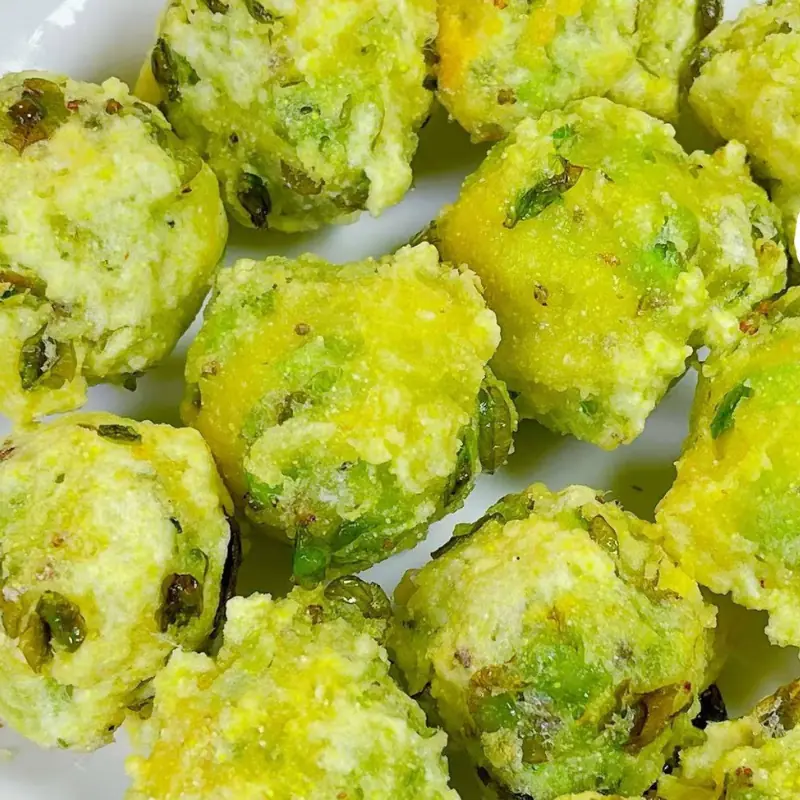
A Wild Vegetable Sweeter Than Mustard Greens, Free of Oxalic Acid, and Excellent for Cooling the Liver and Relieving Heat
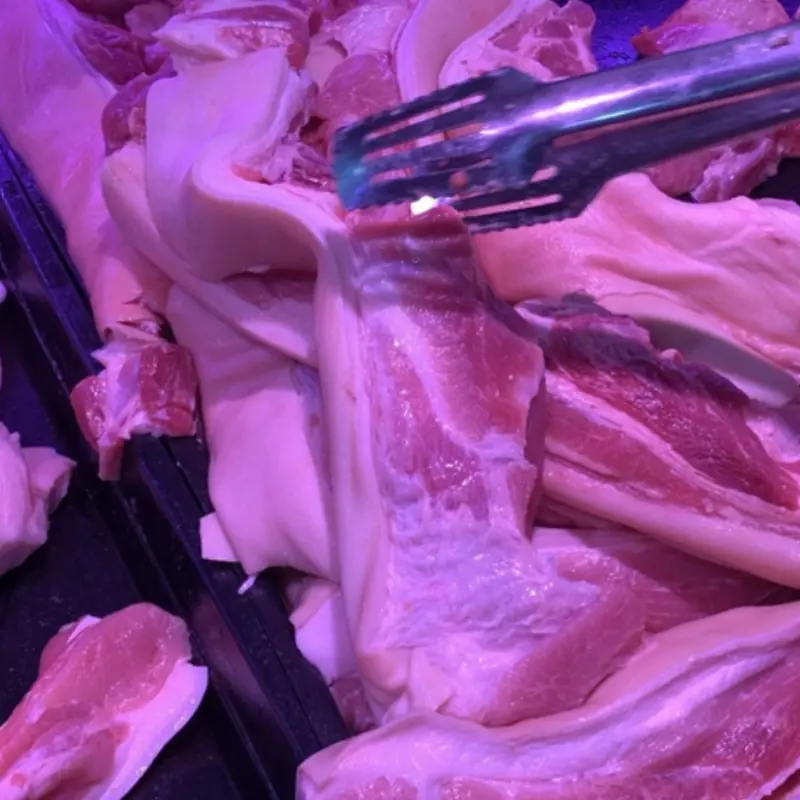
If You See These 5 Types of Pork at the Market—No Matter How Fresh or Cheap They Look—Don’t Buy Them

Electricity Prices Are Rising Again – Don’t Do This When Using the Air Conditioner or Your Bill Could Triple!

Sh:o:cking truth that few people know: Why do many astronauts l.ose all their fin.gern.ails when going into space?
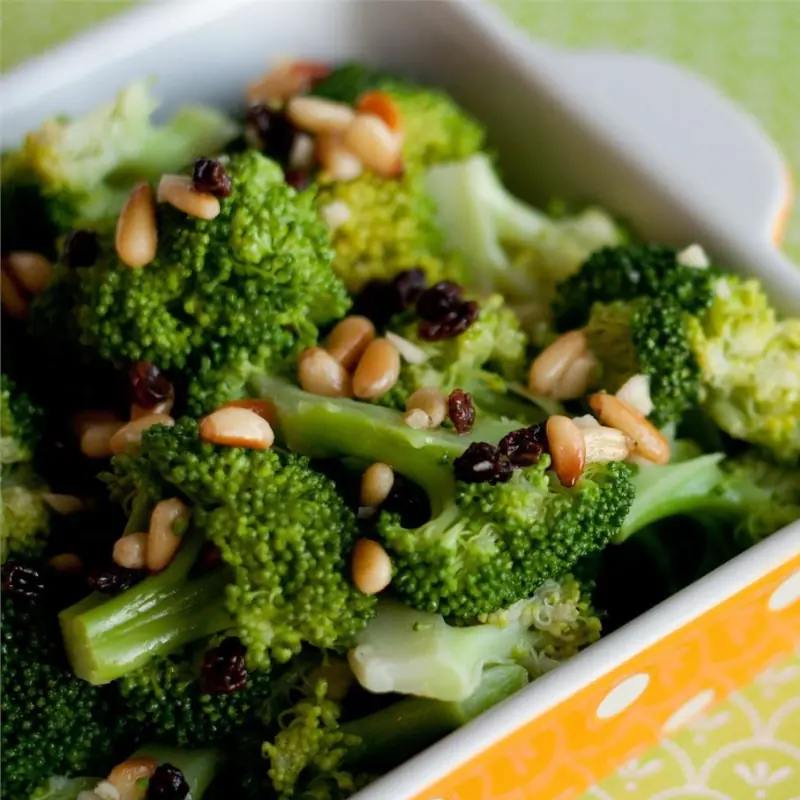
The Vegetable Dubbed the “King” of Cancer Prevention: Prepare It Right, and Its Benefits Multiply
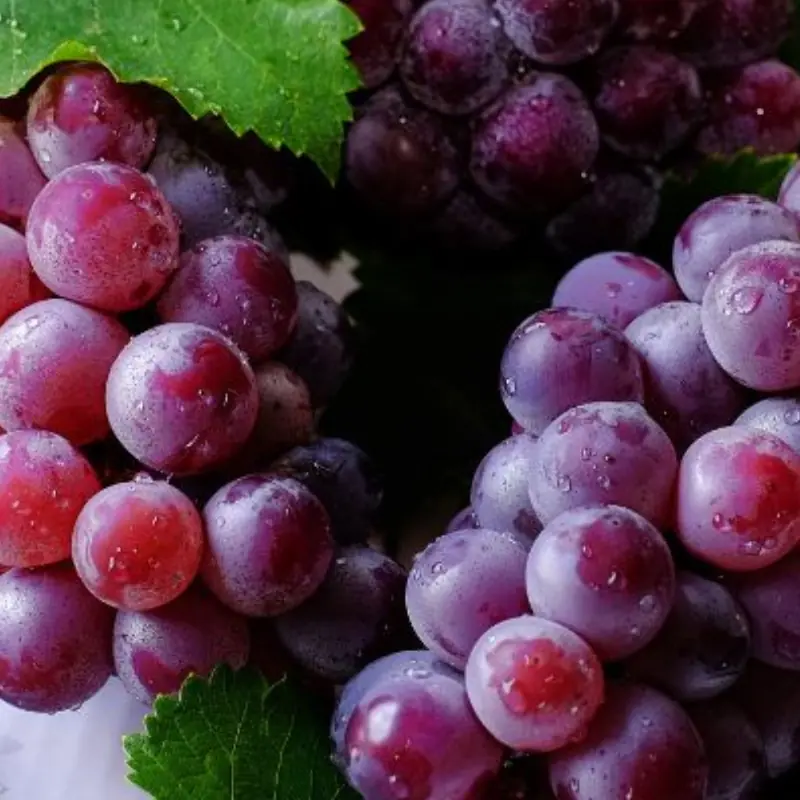
Eating These 4 Fruits Regularly Can Harm Your Liver Even More Than Alcohol — But Many People Don’t Know It!

Why do flight attendants like to bring a banana on the plane?
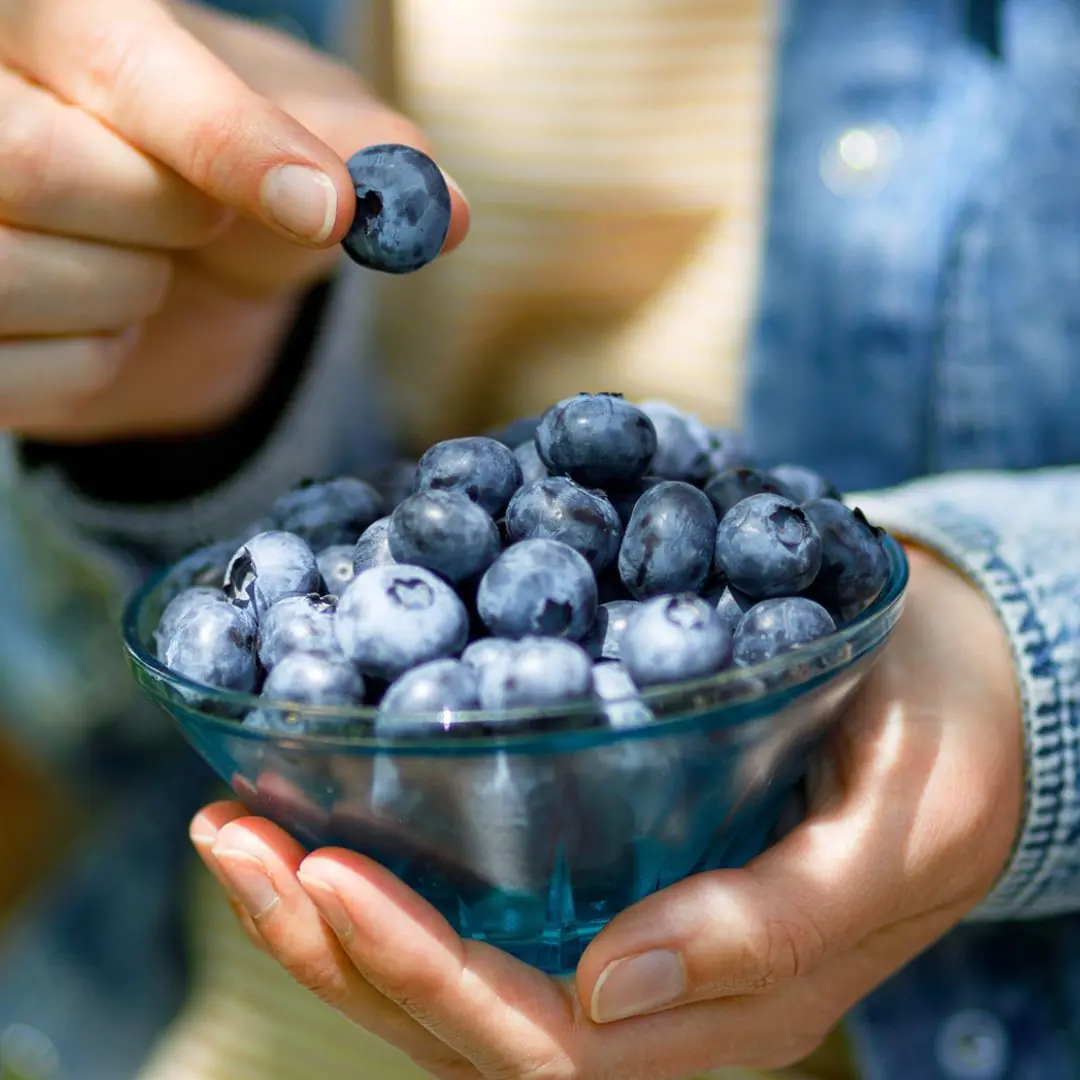
Here's What Eating Blueberries Every Day Does to Your Body, Says a Registered Dietitian

Take These 5 Items Out of Your Fridge Now One Day They Could Actually "Explode"

Before the divorce, my husband cooked my favorite fish dish, I was not moved but burst into tears because of 3 bitter truths
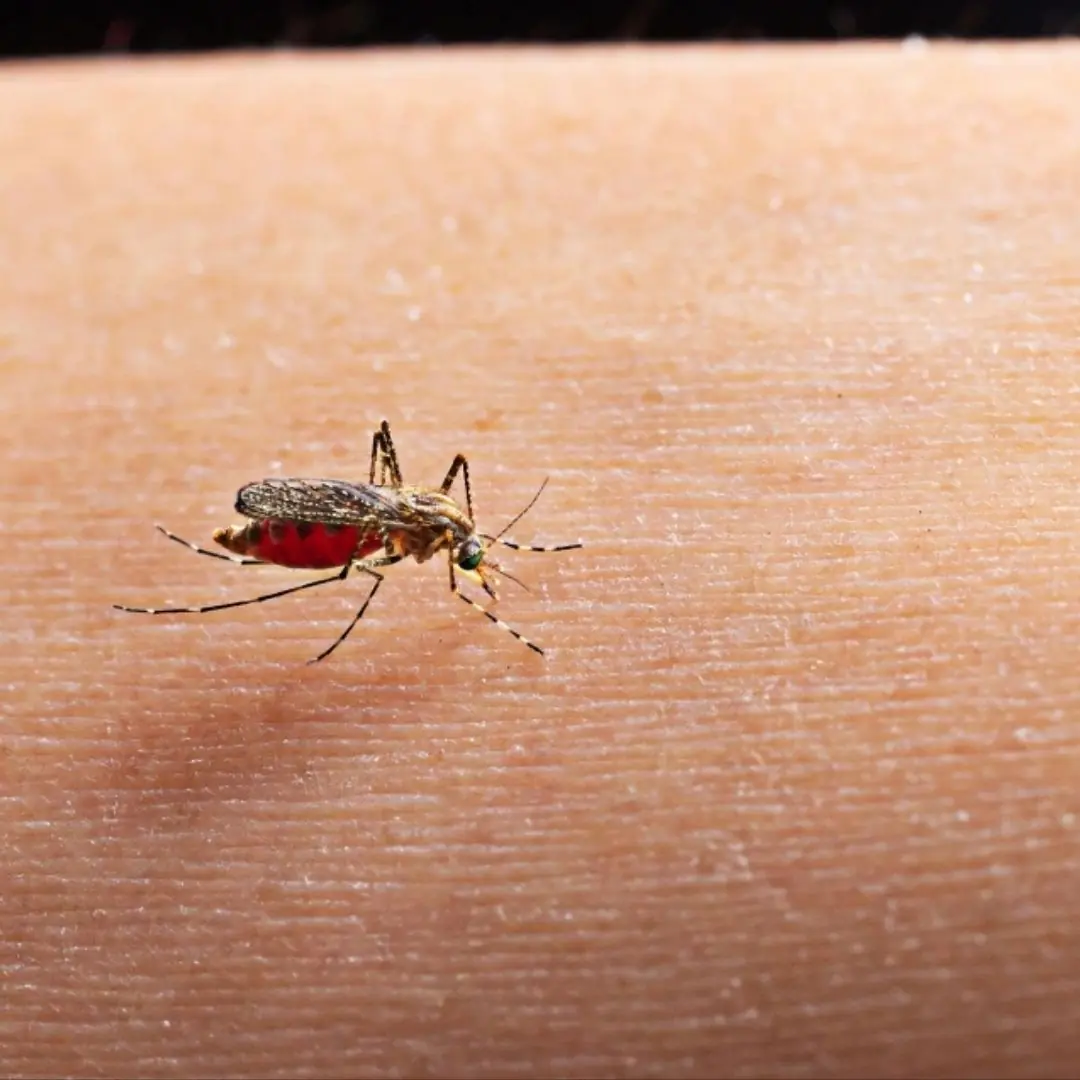
Everyone thinks that getting bitten by mosquitoes is due to blood type or body odor, but experts say: "Because you have this in your body."

Discovery of Nitrogen-Fixing Cell-organelle Nitroplast in a Eukaryotic Algae

Why do hotel beds often have 4 pillows?

Not Superstition: Science Explains Why Children Born in September and October Tend to Be Smarter

I found a strange note in one of my lunch bags - and now I can't stop going back.

I was hiding in the bathroom at school when she found me

I married my dad's friend - on our wedding night he said to me: "I'm sorry. I should have told you sooner"

The truth behind the man with 39 wives, 94 children, 33 grandchildren living together
News Post

Don’t Throw Away Spoiled Fruits — Keeping Them Can Still Offer Many Benefits

Mix Toothpaste with This and Be Surprised: Old, Moldy Faucets Shine Like New After Just 5 Minutes of Light Cleaning

A Wild Vegetable Sweeter Than Mustard Greens, Free of Oxalic Acid, and Excellent for Cooling the Liver and Relieving Heat

If You See These 5 Types of Pork at the Market—No Matter How Fresh or Cheap They Look—Don’t Buy Them
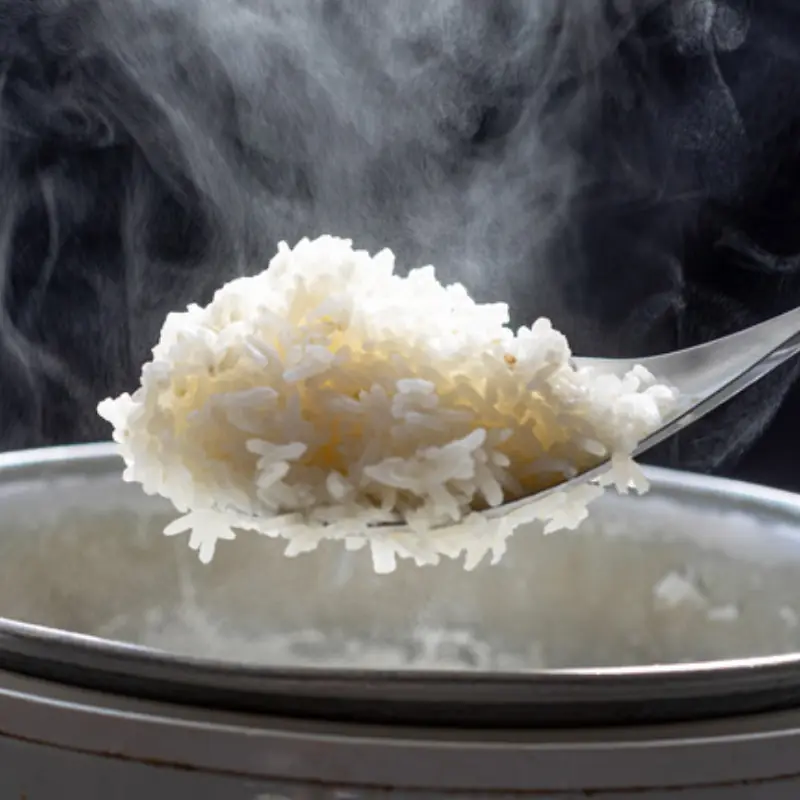
Warning: A critical mistake when eating rice could be fatal!
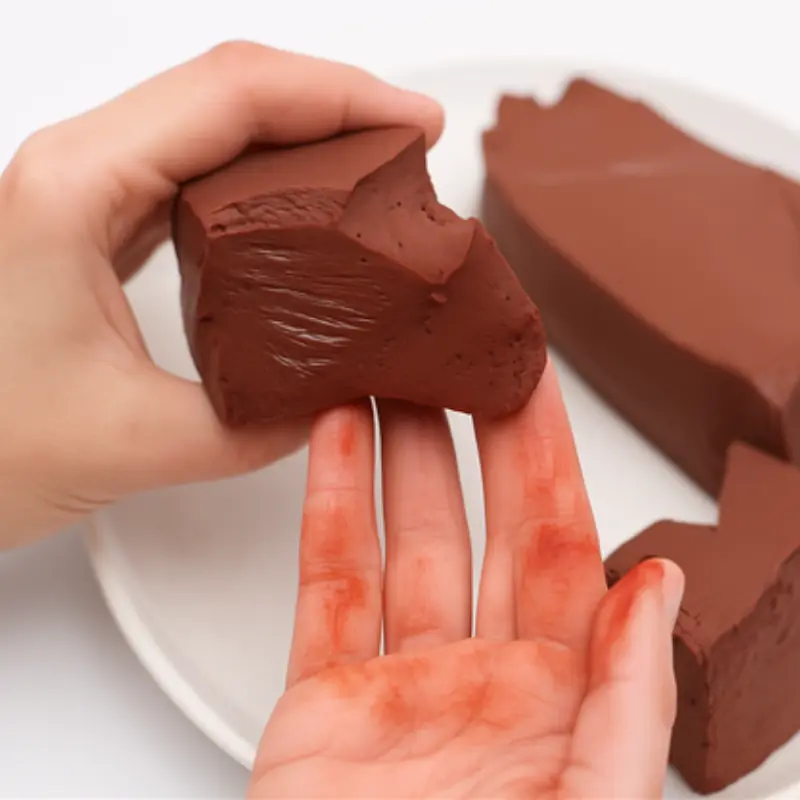
When Buying Pork Blood Pudding, Smart Shoppers Only Need to Check These 3 Points to Instantly Tell If It’s Real or Fake
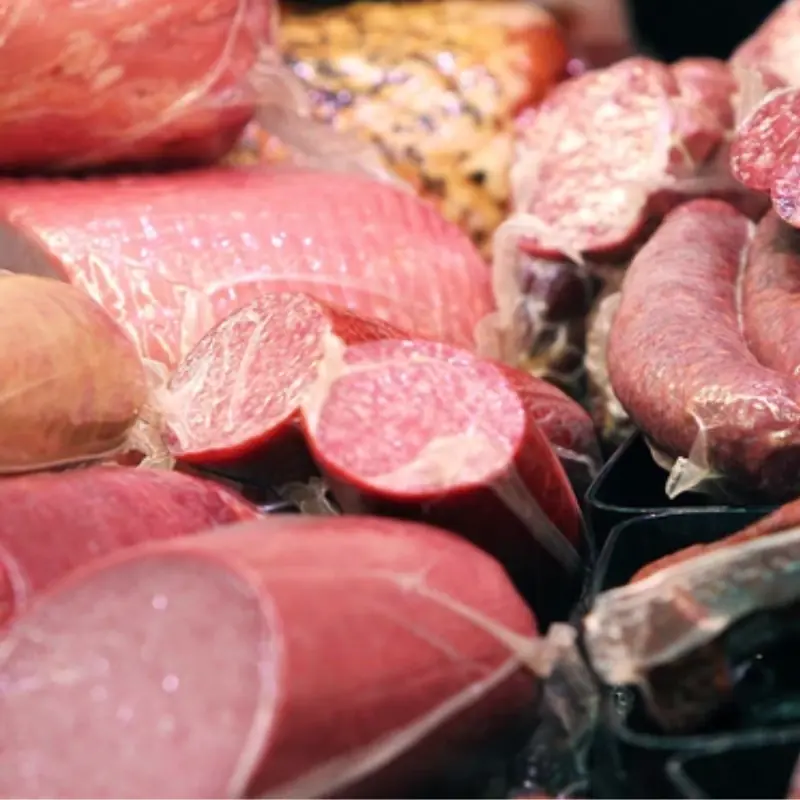
This “Highly Nutritious” Meat May Raise Heart Disease Risk by 26% — And Also Increase Cancer and Diabetes Risk
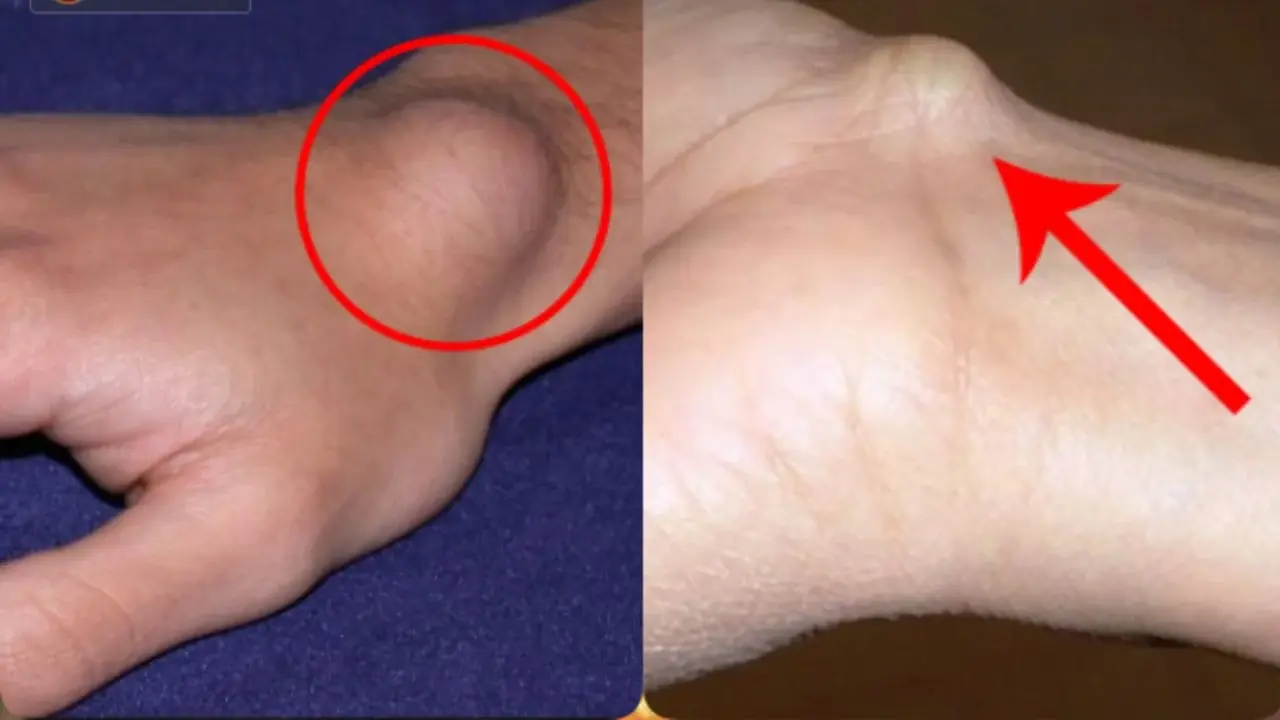
Waking Up With These 4 Morning Symptoms Could Mean can.cer Cells Are Silently Attacking Your Body
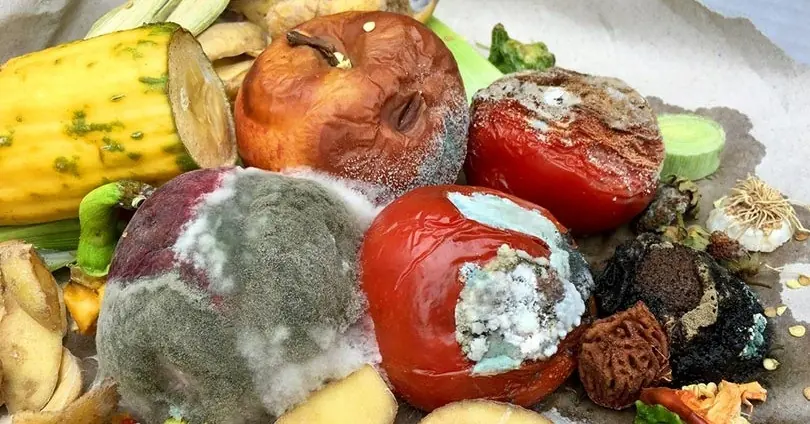
Is Moldy Food Still Edible If You Just Cut Off the Mold? Warning Signs Not Everyone Recognizes
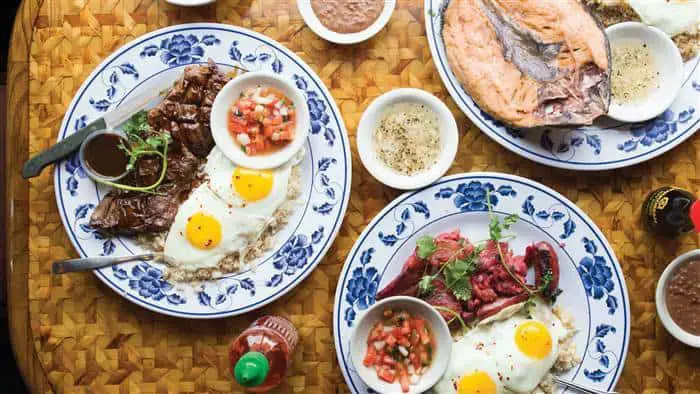
Even an Iron Li.ver Can’t Handle These 3 Common Breakfast Habits: Worse Than Skipping Meals!

5 types of water that people with diabetes should avoid
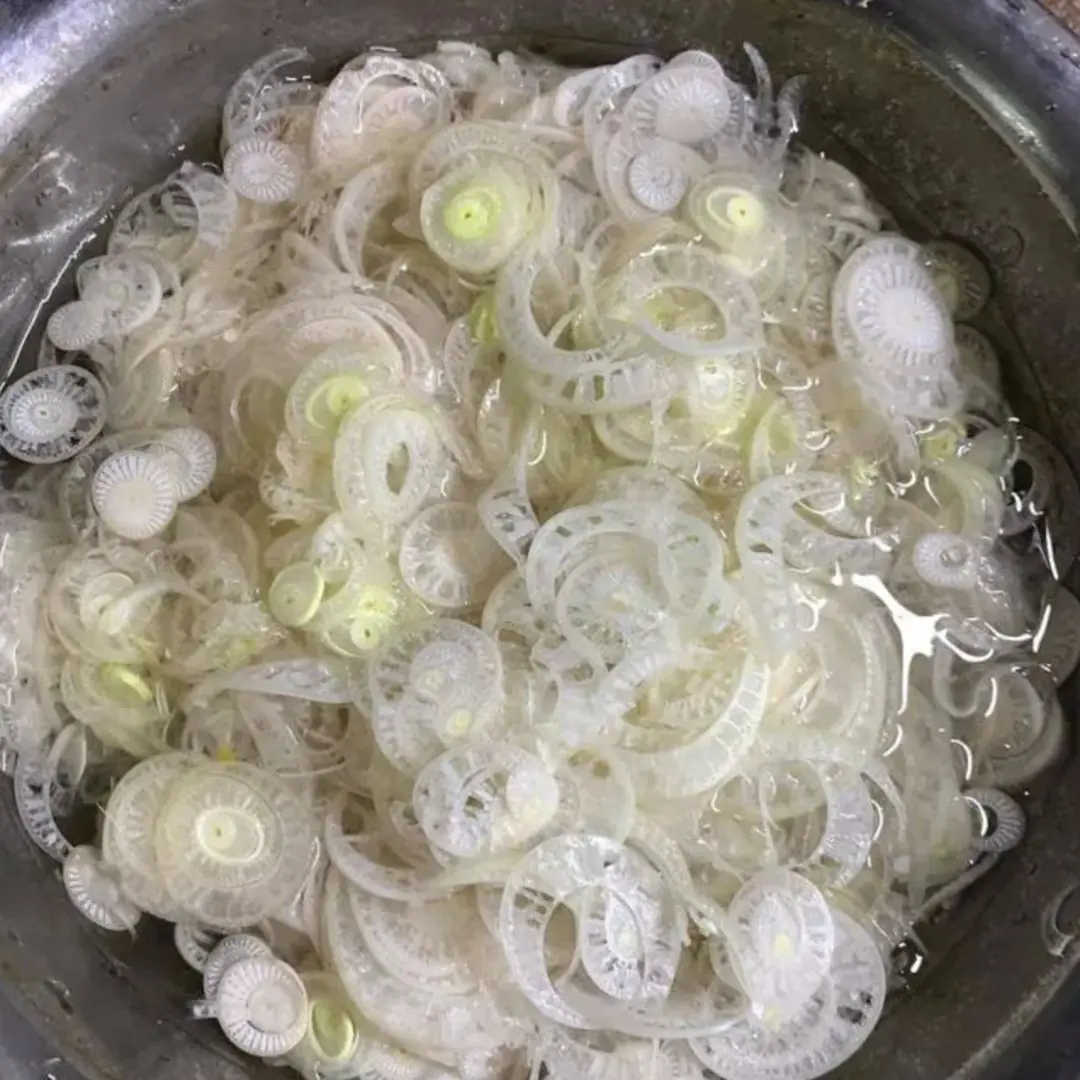
Even though it's simple to eat, homegrown vegetables are both cleaner and healthier than vegetables from the market!
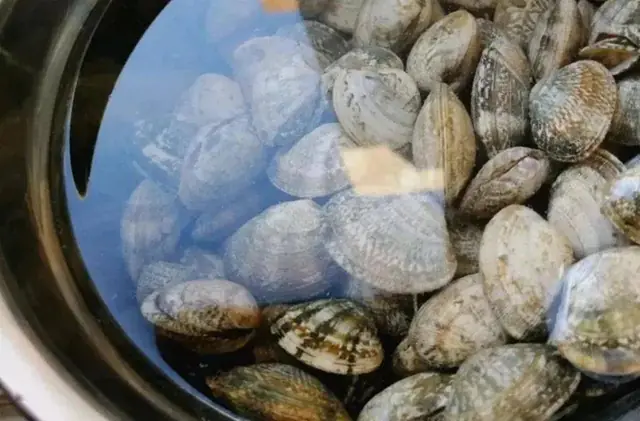
Washing Clams and Shellfish: Some Use Chili, Others Use Wine — All Wrong! A Seafood Vendor Taught Me This Truly Effective Trick

Too many geckos in the house, here's a little trick to make them 'go away and never come back'
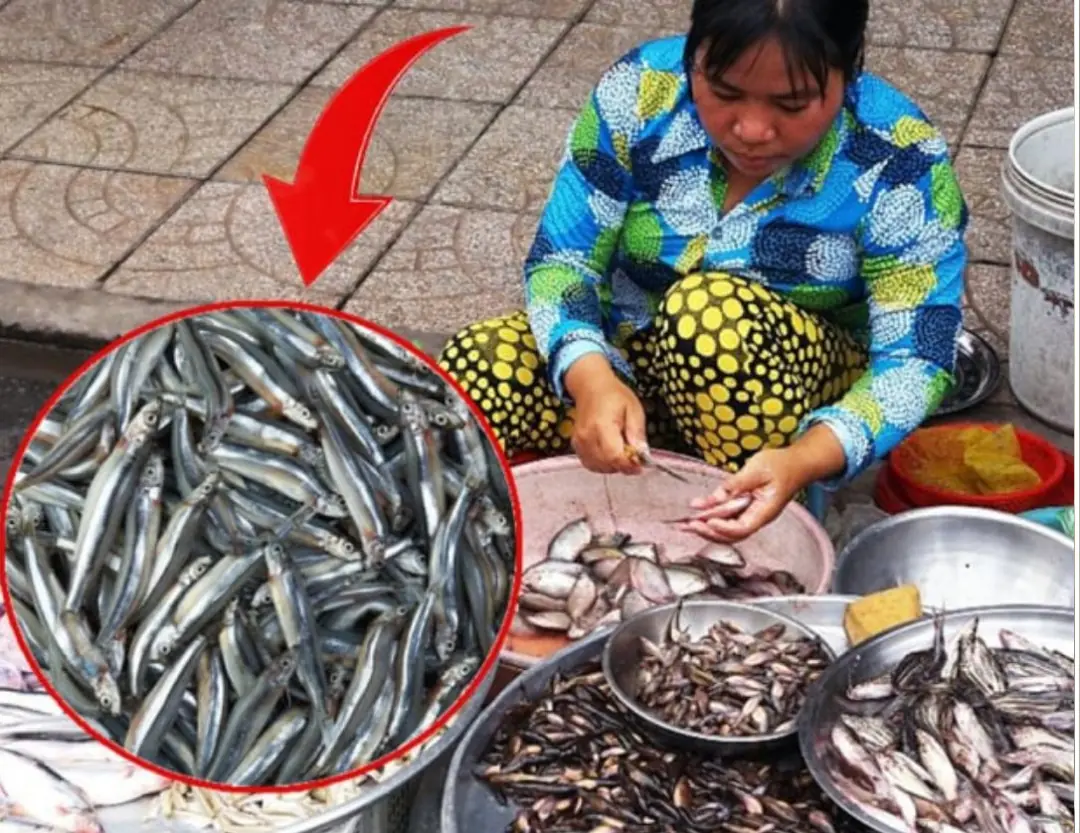
Going to the market, if you see these 7 types of fish

No matter how small your house is, don't place the headboard like this or you'll regret it

Why you shouldn't wear shorts or short skirts when flying
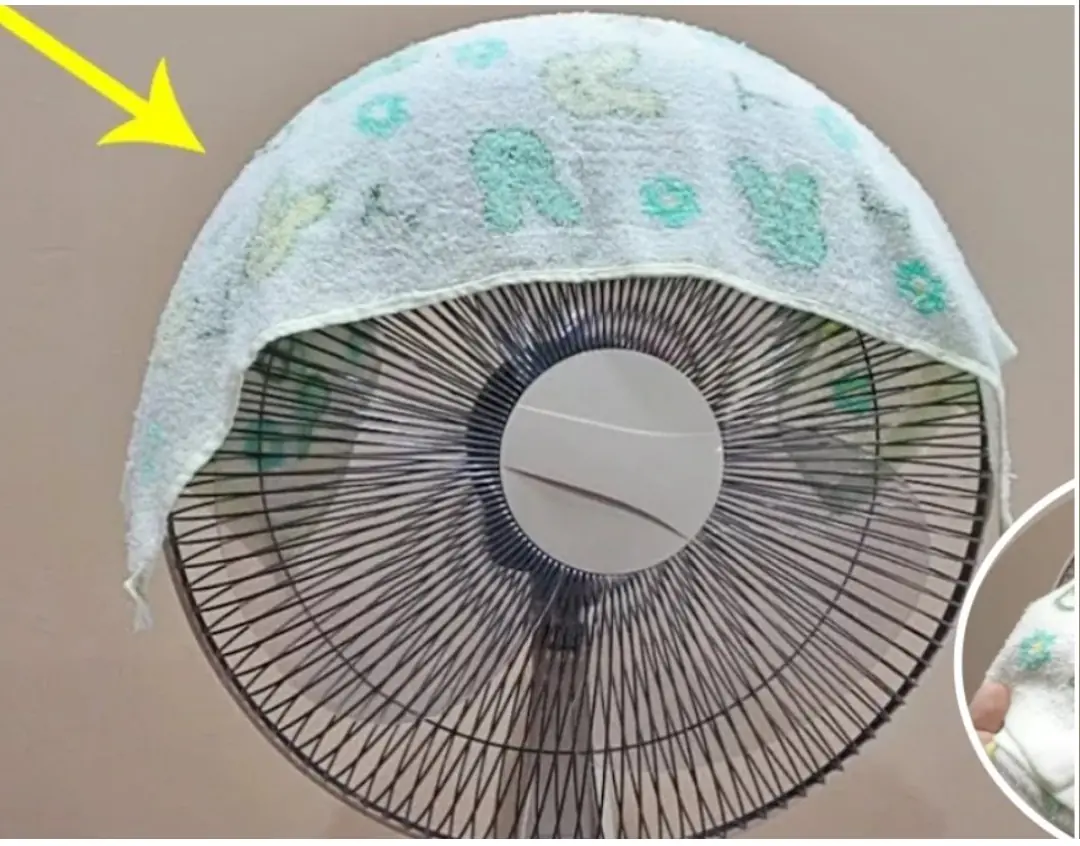
Covering a towel on an electric fan, a useful tip that cannot be missed in the summer
